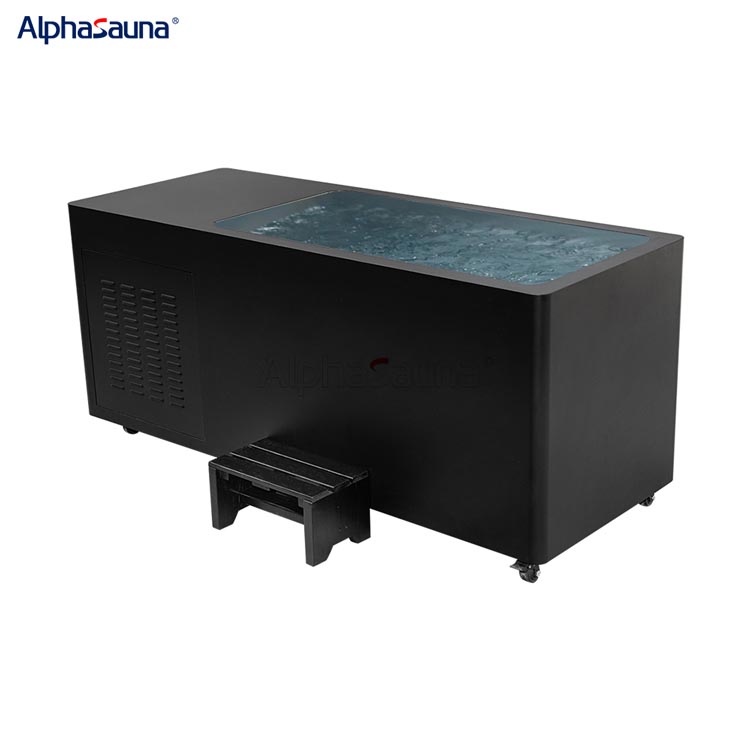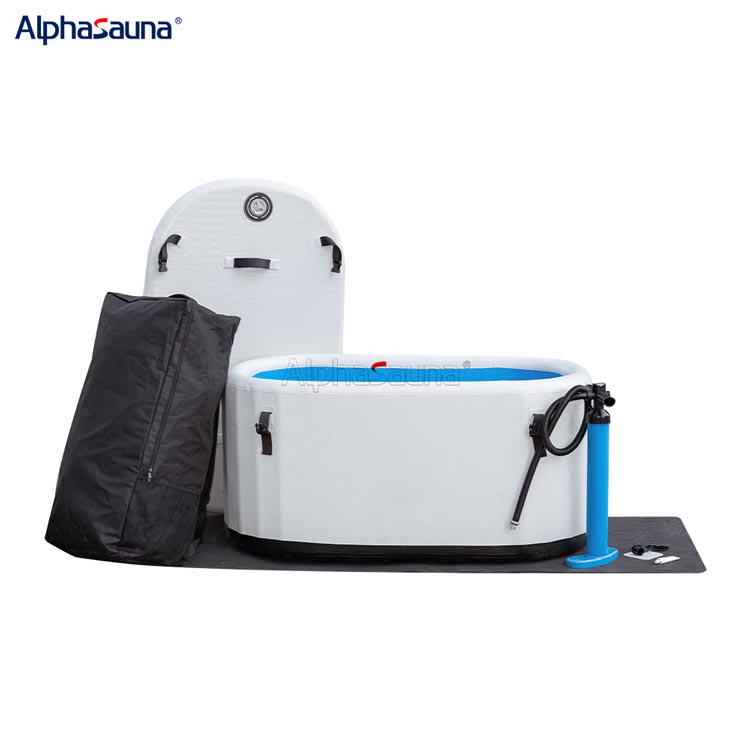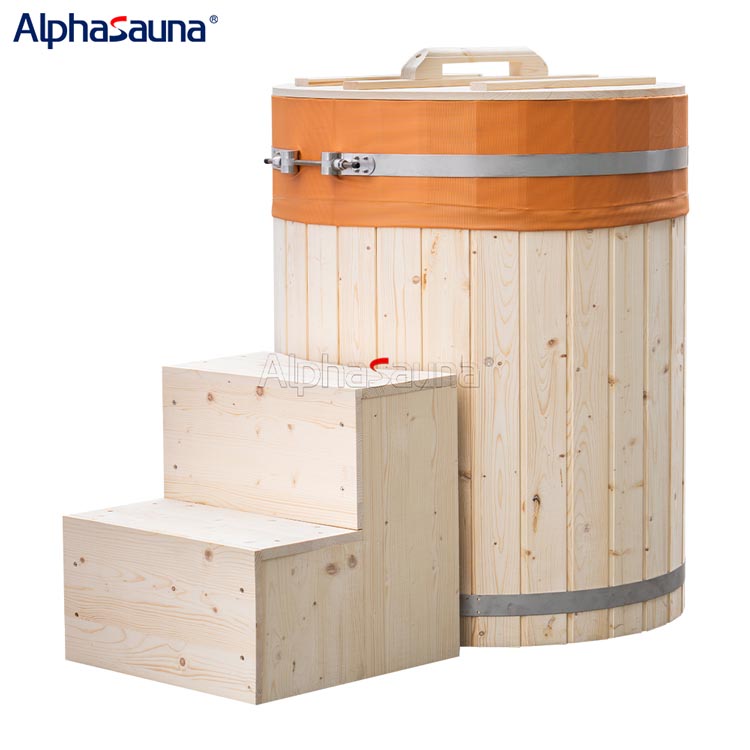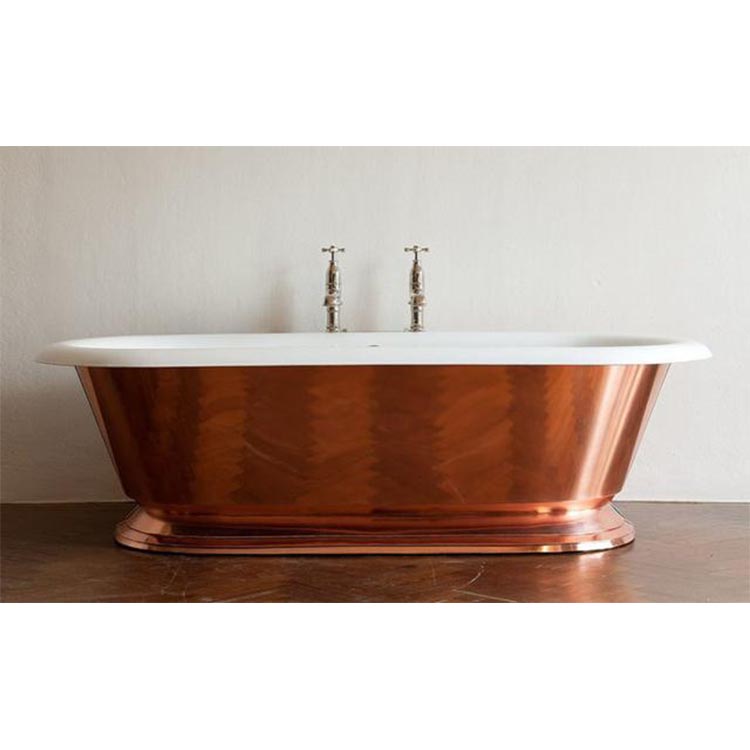Cold water tubs have become a hot topic among fitness enthusiasts and athletes in recent years. They are known for revitalizing the body and providing an energy boost through cold water immersion. However, while we may simply see these tubs as functional tools, we often overlook their rich cultural history and the different impacts they've had throughout various periods. Now, I warmly invite you to join us as we explore the fascinating world of cold water tubs and uncover why they have become an essential tool for both physical and mental well-being today.
What Is a Cold Water Tub?
A cold water tub typically refers to a small pool filled with cold water, designed to offer a rejuvenating soaking experience. Various materials are used to construct these tubs, but they must be durable and capable of withstanding extremely low temperatures to ensure optimal performance.
History of Cold Water Tubs
Cold water tubs have a rich history and cultural significance that can be traced back thousands of years. They were first used in ancient civilizations, not only for entertainment and relaxation but also for their cultural, therapeutic, and restorative benefits.
In ancient Greece and Rome, cold water baths were an essential part of daily life and health preservation. Complex public bathhouses were built, featuring both cold and hot water baths. The Greeks and Romans believed that alternating between cold and hot baths stimulated circulation and promoted physical recovery. These traditions spread throughout Europe during the Middle Ages. However, due to religious beliefs, public bathhouses became less popular. Despite this, many private households continued to maintain cold water tubs for personal and family use.
In Japan, a country with a deep-rooted hot spring culture, cold water therapy has strong religious and cultural ties, especially in Buddhist practices. Monks would immerse themselves in cold water during the harsh winter months to strengthen their willpower and purify their minds. Many people also combined cold water therapy with hot spring baths, with the alternating use of cold and hot water seen as a key to achieving balance and harmony.
Similarly, in Nordic countries like Finland, Sweden, and Norway, cold water baths are an integral part of sauna culture. After using the sauna, people would plunge into cold lakes, rivers, or even roll in the snow to quickly cool down. This alternation between "cold" and "hot" helps purify the body, enhance immunity, and improve overall vitality.
With advancements in technology and the spread of global culture, cold water therapy has experienced a resurgence, particularly in the fields of medicine and sports recovery. Modern cold water tubs are now equipped with efficient chiller systems to meet the needs of different individuals and settings. While few people today use traditional practices like public baths or private Victorian-era plunge pools in home gardens, we can still appreciate the historical roots and health benefits associated with cold water immersion.
From natural cold water immersion in ancient times to today's specialized equipment, cold water baths have become a key component of modern health and recovery therapies.
What Does a Cold Water Tub Bring to You?
Rather than focusing solely on the benefits a cold water bathtub can offer, it’s more insightful to consider how different materials used in ice bath tubs provide unique soaking experiences. Below are some of the common materials used for cold water bathtubs:

Stainless Steel
Stainless steel is widely used in the production of cold water tub liners. It’s known for its strong corrosion resistance and excellent thermal and cold conductivity. Additionally, it has a sleek, modern appearance, is easy to clean and maintain, and prevents the growth of bacteria, making it a top choice for modern minimalist homes or commercial settings.
Due to its high thermal conductivity, stainless steel feels cool to the touch, intensifying the cold sensation when used for an ice bath, thus enhancing the overall effect of the cold immersion.

Acrylic
Cold water tubs made from acrylic come in a variety of shapes and colors, offering a stylish aesthetic that integrates well with home environments. Acrylic also provides good thermal insulation. Compared to the cold touch of stainless steel, the cooling sensation is not as intense. However, its diverse design options make it a popular choice for cold water bathtubs.
That said, acrylic surfaces are prone to scratching, and over time, the material can yellow and age. Regular cleaning and maintenance are necessary to preserve its appearance and safety.

Plastic (PVC or PVE)
Plastic is an economical option for cold water tubs. It’s lightweight, easy to install and transport, and offers good flexibility. When soaking in a plastic tub, the material feels softer and more comfortable, making it ideal for travel and outdoor camping.
However, while convenient, plastic bathtubs have weaker thermal insulation, requiring frequent water temperature adjustments. The material is also prone to surface scratches and requires regular upkeep.

Wood
Wood is a popular material for cold water tubs, often made from cedar, hemlock, pine, or heat-treated wood. Wood has a natural beauty that creates a serene atmosphere, whether indoors or outdoors. Its natural thermal insulation properties are superior to other materials, helping maintain water temperature in cold baths. Additionally, wood has inherent antibacterial and anti-corrosion qualities, making it suitable for long-term use.
However, wood requires regular maintenance to prevent cracking and rotting. Temperature and humidity changes can also cause deformation or damage, leading to higher maintenance costs.

Fiberglass
Fiberglass is lightweight and highly durable, with excellent resistance to chemical corrosion, making it suitable for harsh environments. It’s also more affordable than stainless steel. However, fiberglass tends to age over time, and its appearance is less smooth and attractive compared to acrylic or stainless steel, often presenting a simpler look.

Copper
As a material for cold water tubs, copper offers a unique, luxurious appearance with a metallic luster and texture. It evokes a sense of classic elegance. Copper also has natural antibacterial properties, making it ideal for environments with high hygiene standards. Over time, a natural oxide layer forms on the surface, further enhancing its aesthetic appeal.
However, copper bathtubs are more expensive than other options and require more frequent maintenance, making them a more involved choice.
How to Choose a Cold Water Tub: Indoor or Outdoor?
There are many cold water tubs on the market, so should you choose an indoor or outdoor cold water bathtub? Both options offer their own unique benefits, depending on your preferences and space.
If you prioritize privacy or have limited space at home, an indoor cold water bathtub could be one of your best options. On the other hand, if you enjoy connecting with nature, feeling the breeze and sunshine, and have a spacious yard, an outdoor cold water bathtub would be an ideal choice.
When selecting a cold water bathtub, consider the following factors:
1.Budget: Different sizes, materials, and features come with varying price points. Be clear about your budget range before making a decision.
2.Trusted Supplier: Choose a reputable supplier or seller. Carefully read through the policies, reviews, return guarantees, and services they offer.
3.Ice Bath Chiller: Decide if you need an ice bath chiller. Cold water bathtubs and chillers can usually be purchased separately, so consider whether you’ll need one based on your needs.








